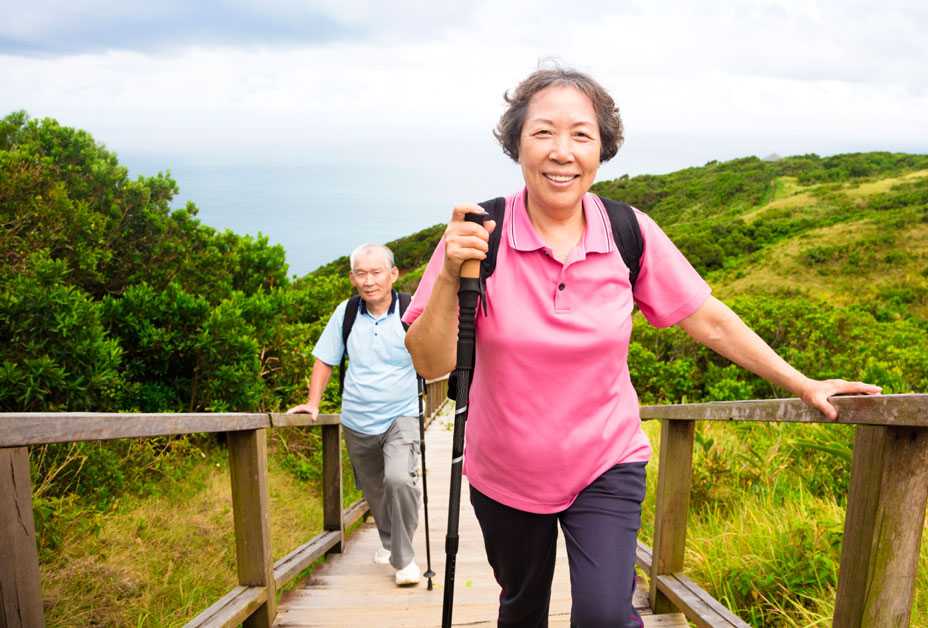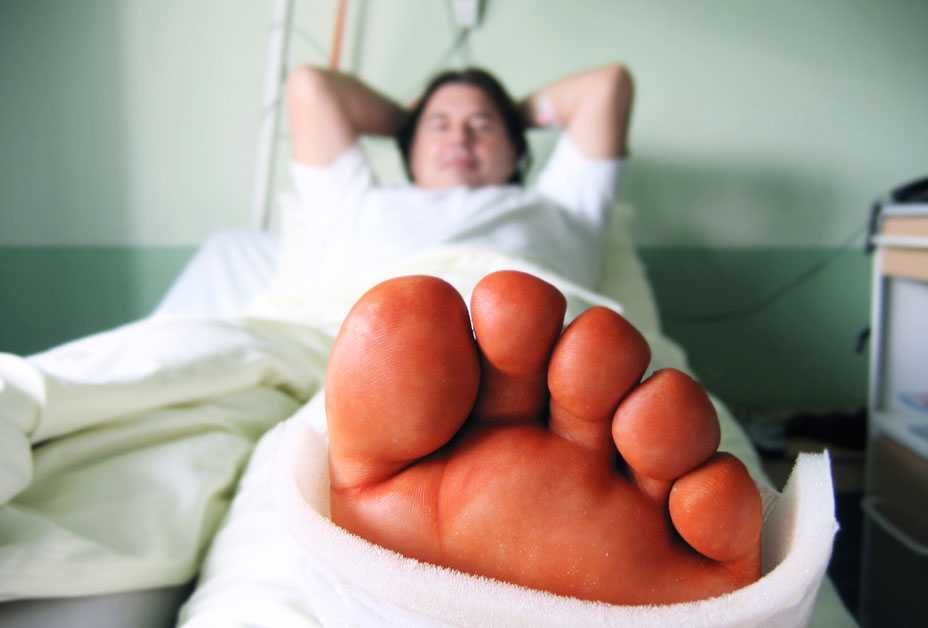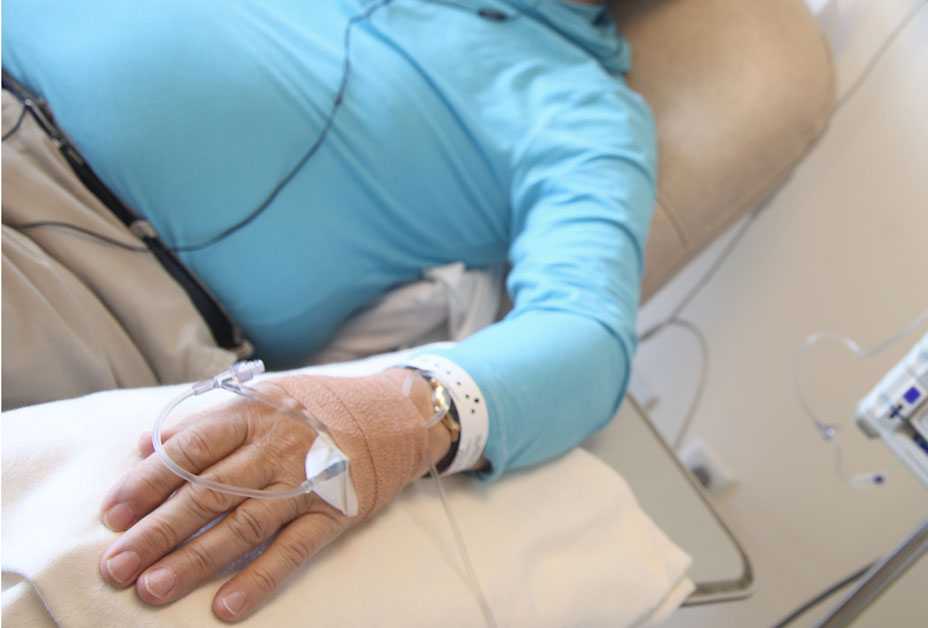Blood Clots
[bluhd] [klots]

Blood clots include deep vein thrombosis (DVT) and pulmonary embolism (PE), which are serious, but preventable medical conditions. DVT is a blood clot in a deep vein, usually in the lower leg, thigh, or pelvis, but it can occur in other places, like the arm. If a DVT breaks off and travels through the bloodstream to the lungs, it causes a PE, which is a blockage of arteries in the lungs. Together, DVT and PE are known as venous thromboembolism (VTE). It is important to know about VTE because it can happen to anybody and can cause serious illness, disability, and even death. Many VTE events are preventable and if found early, can be treated.
Quiz
Key Facts
- Knowing the signs and symptoms of deep vein thrombosis (DVT) and pulmonary embolism (PE) is critical for early detection.
- Signs and symptoms of DVT include swelling, pain, tenderness, and redness of the skin in the affected area of the body.
- PEs can occur without any signs of a DVT and they can be deadly.
- Signs and symptoms of a PE include difficulty breathing, chest pain, irregular heartbeat, and coughing up blood.
- Seek immediate medical care if you experience symptoms of a DVT or PE.
Media
Prevention Tips
- Move around as soon as possible after having been confined to a bed, such as after surgery, illness, or injury.
- If you are at risk for blood clots, talk with your doctor about specific ways you can prevent them from occurring. Compression devices (like compression stockings) and medication (anticoagulants) are two ways to prevent DVT.
- When sitting for long periods of time, such as when traveling for more than four hours, get up and walk around every 2 to 3 hours, exercise your legs while you are sitting, and wear loose-fitting clothes.
- You can reduce your risk for blood clots by maintaining a healthy weight and avoiding a sedentary lifestyle. In other words, exercise improves blood flow, so don’t be a couch potato.
- It’s especially important to know your risk for blood clots and follow your doctor’s recommendations based on your individual risk factors.
- Page last reviewed: March 15, 2017
- Page last updated: March 15, 2017
- Content source:


 ShareCompartir
ShareCompartir





